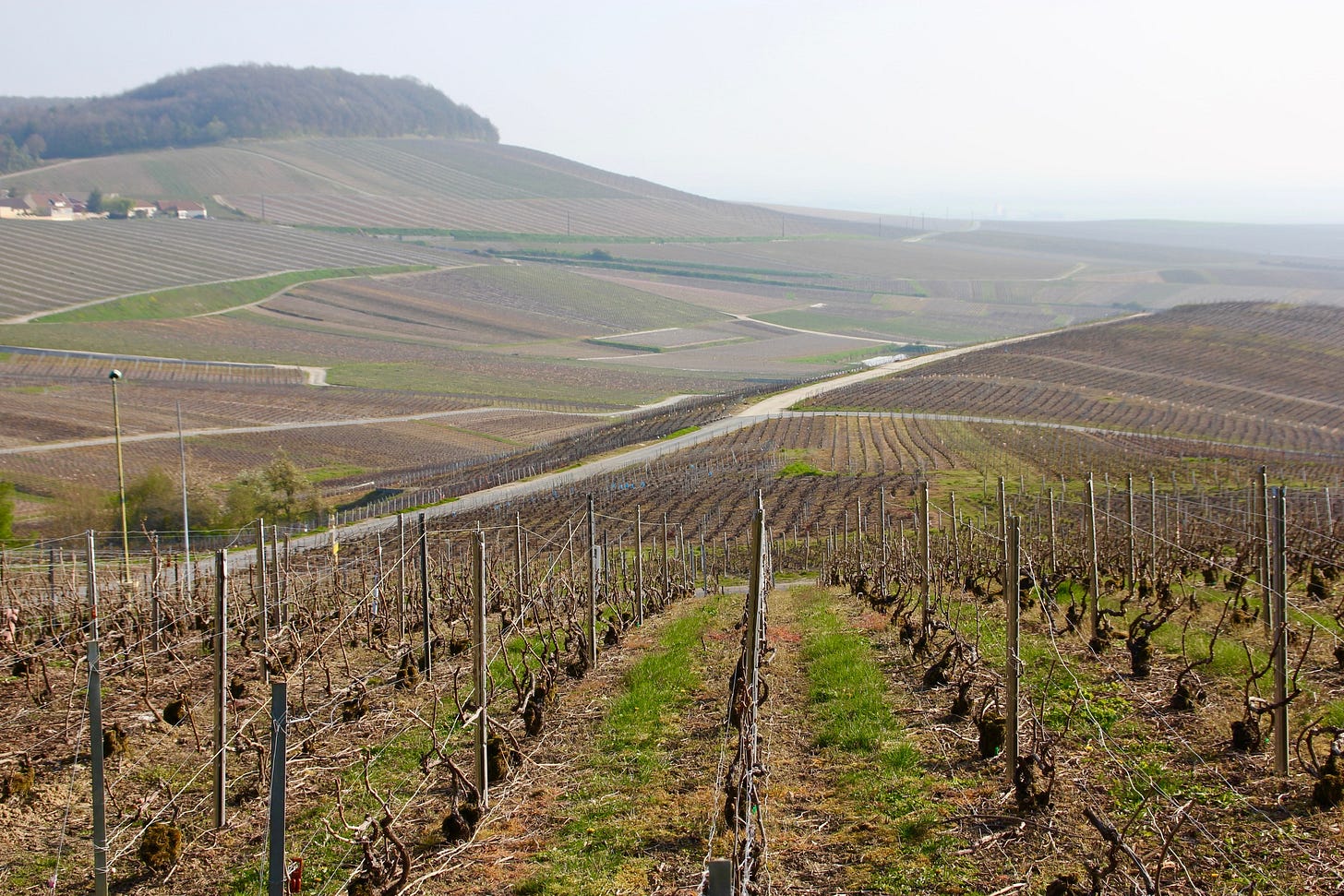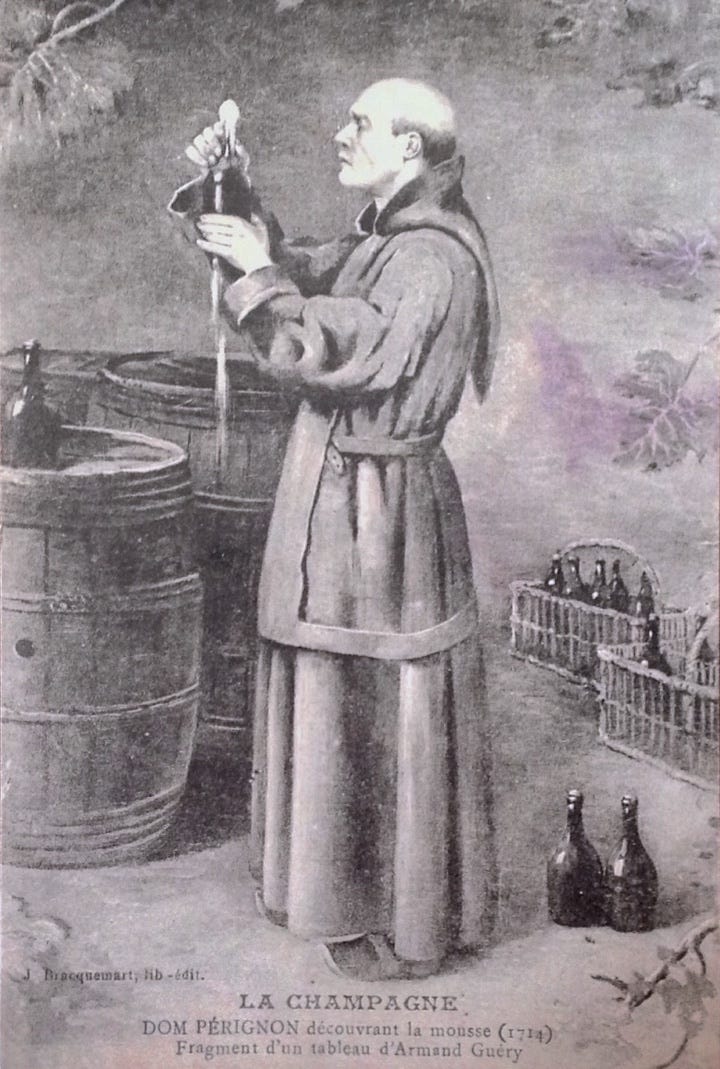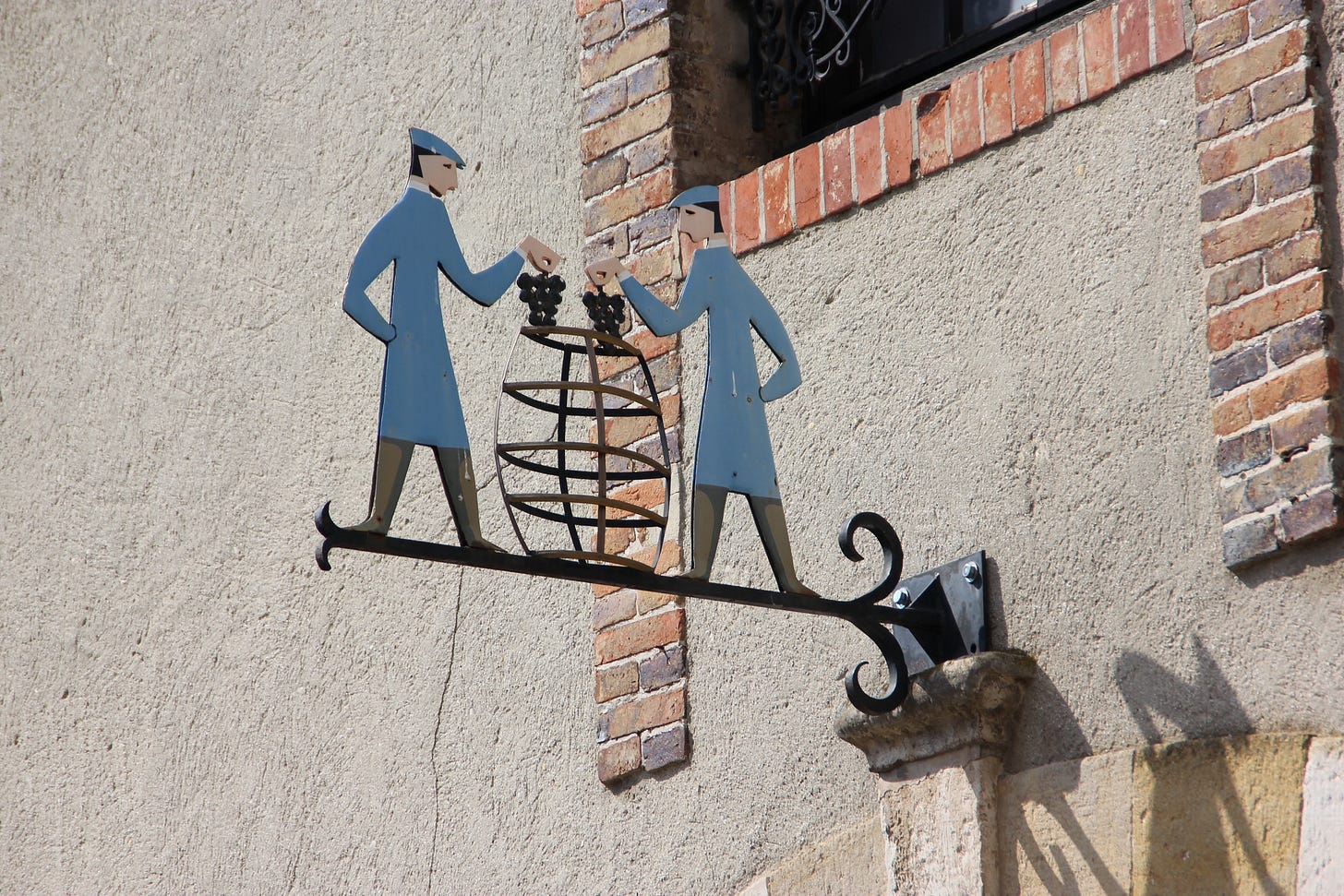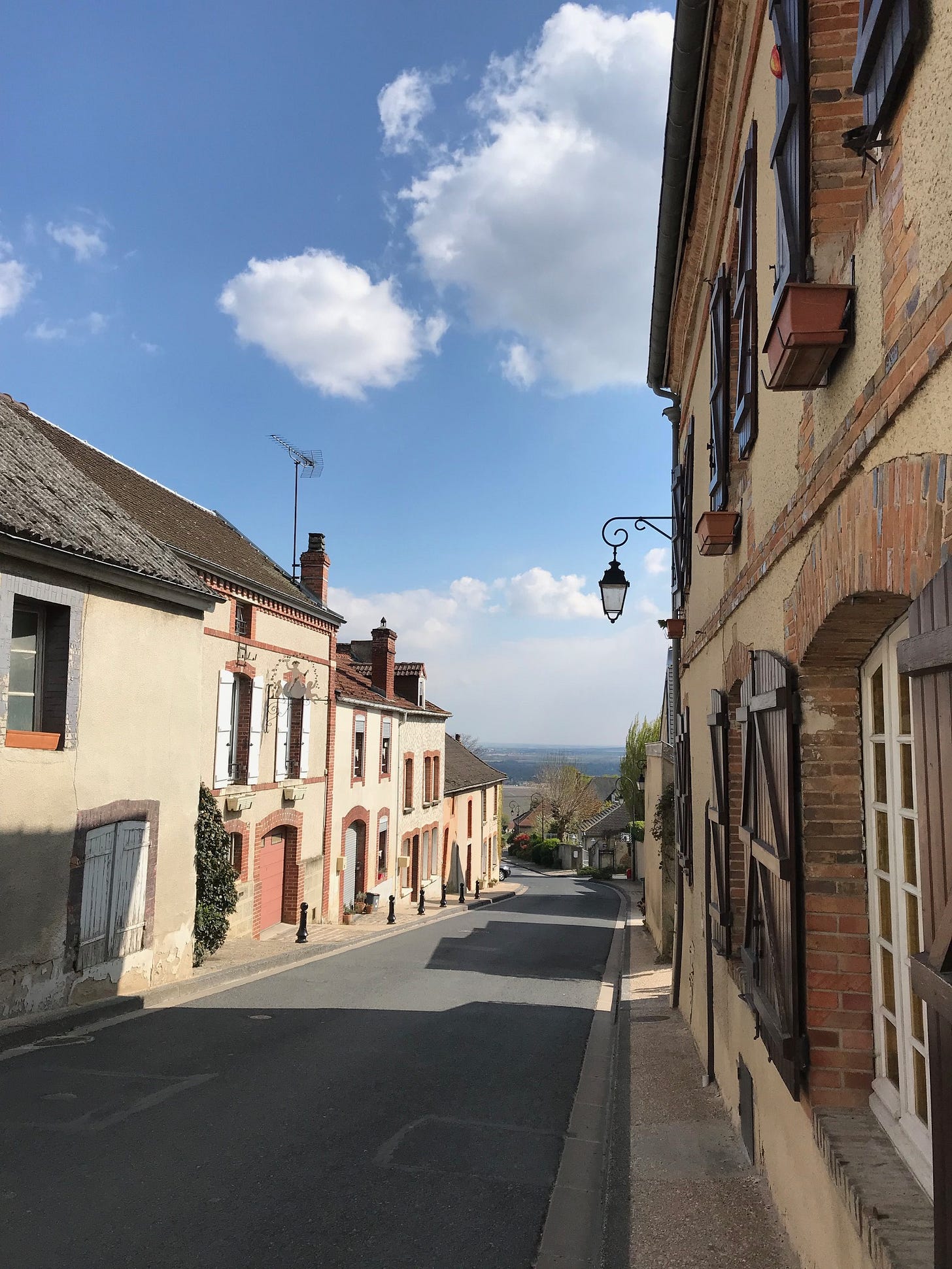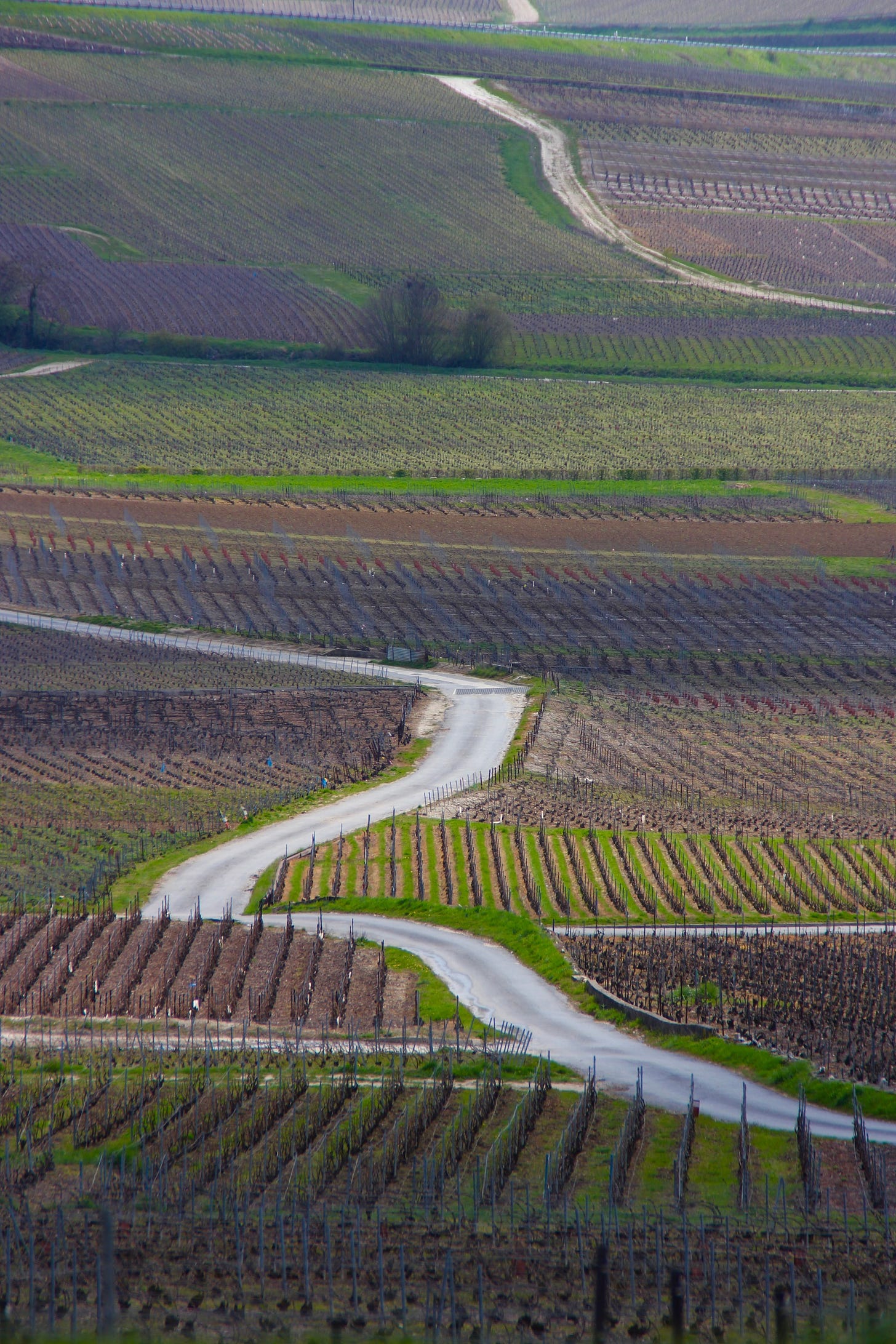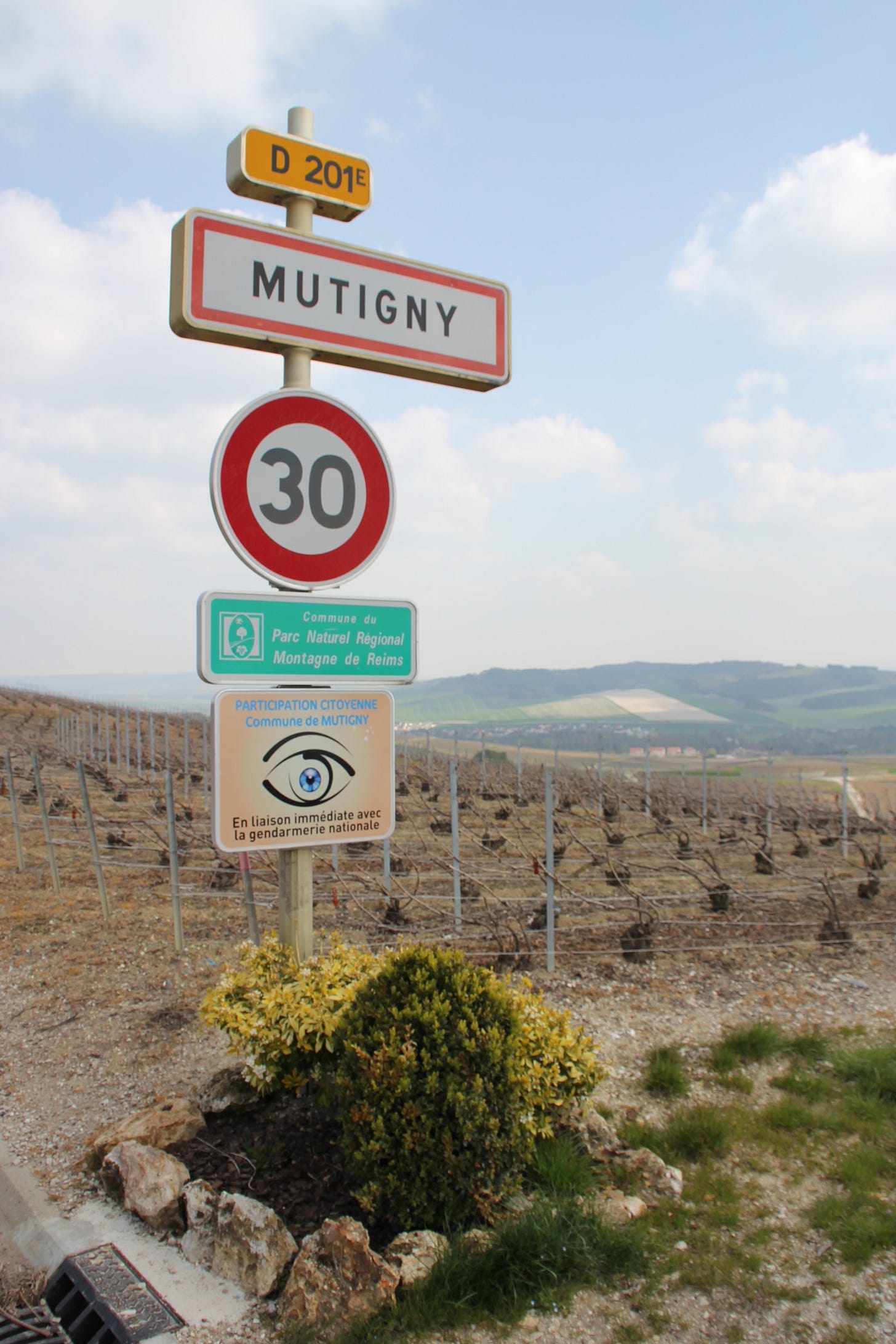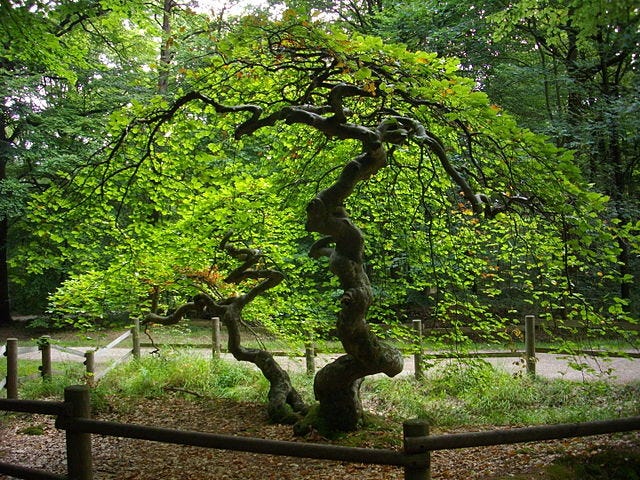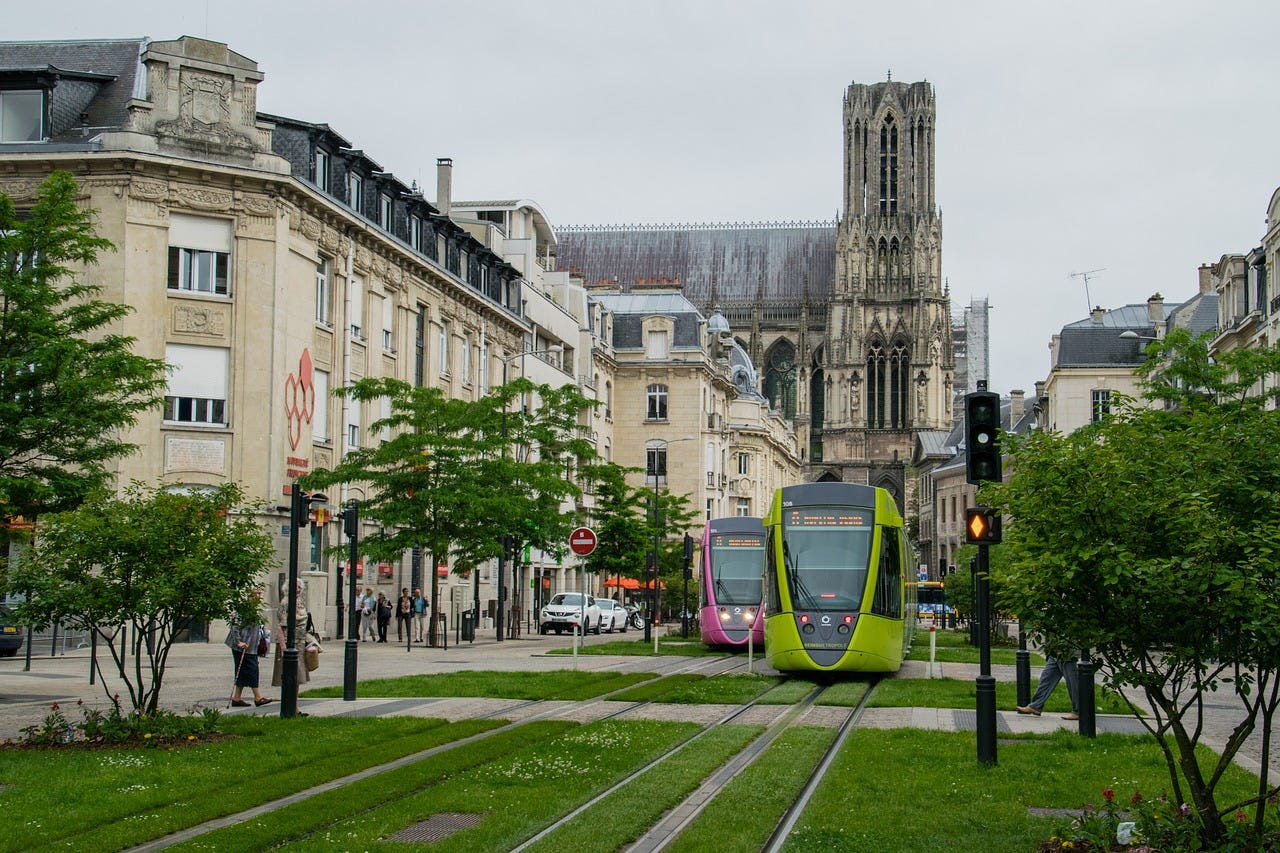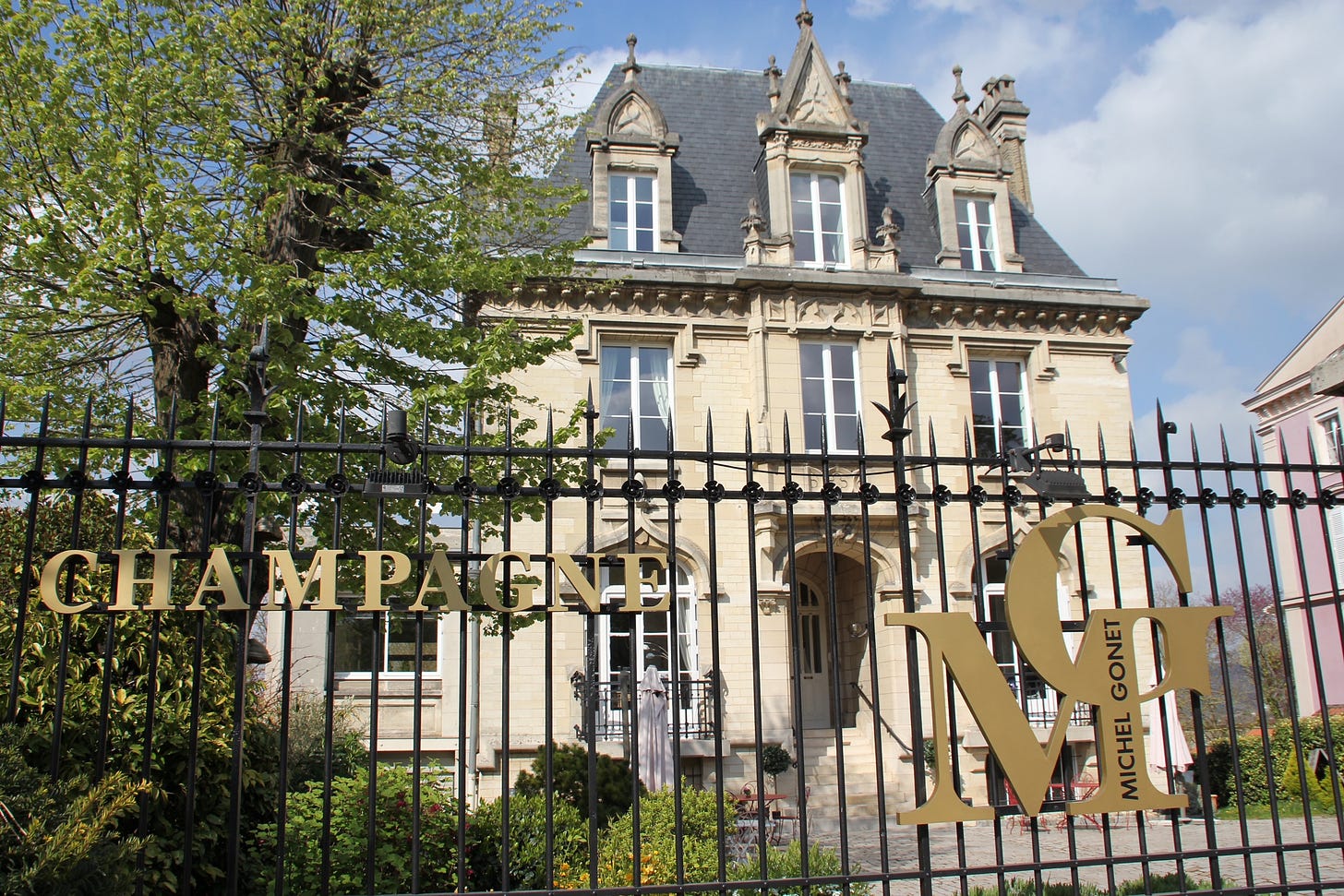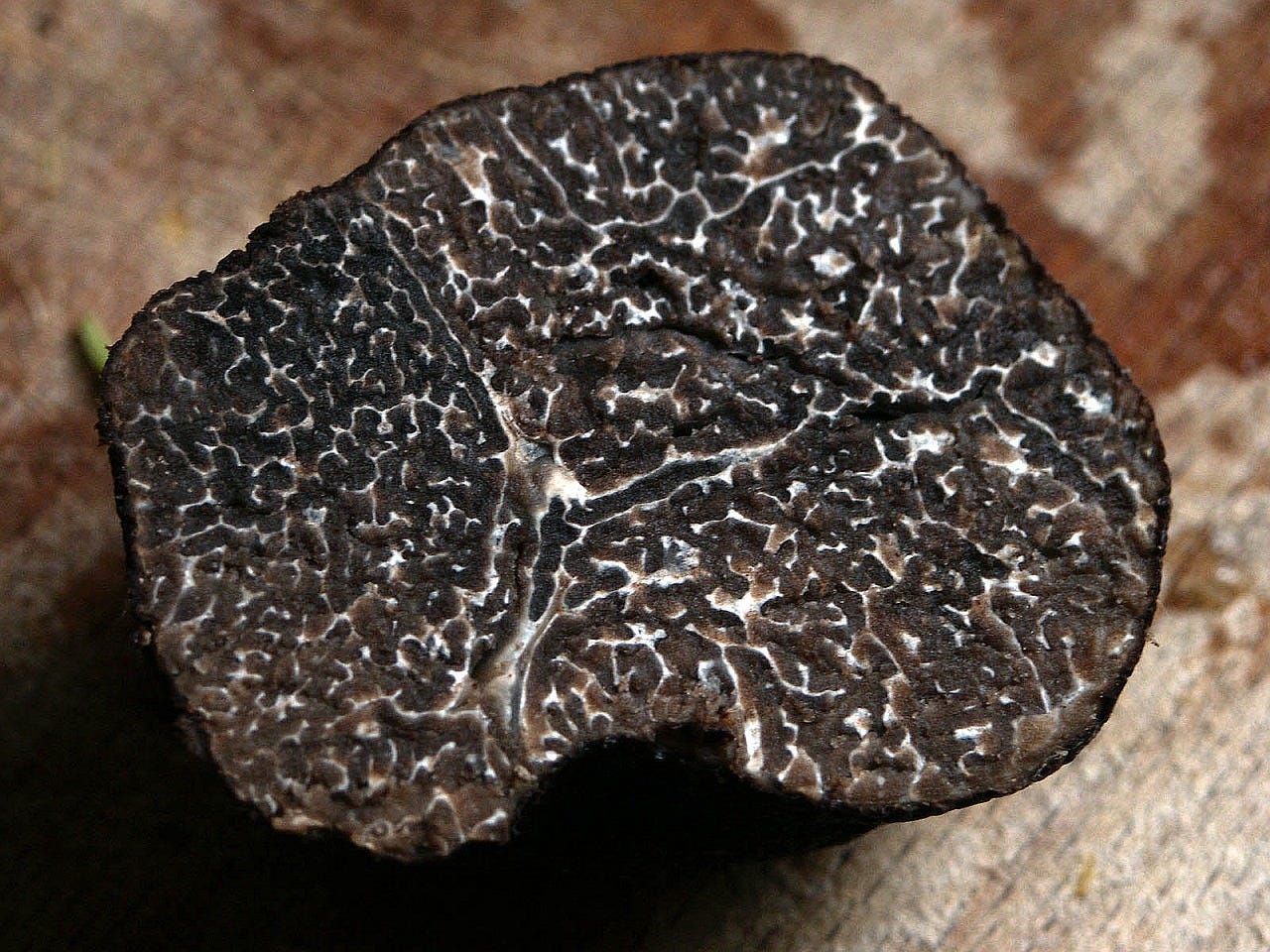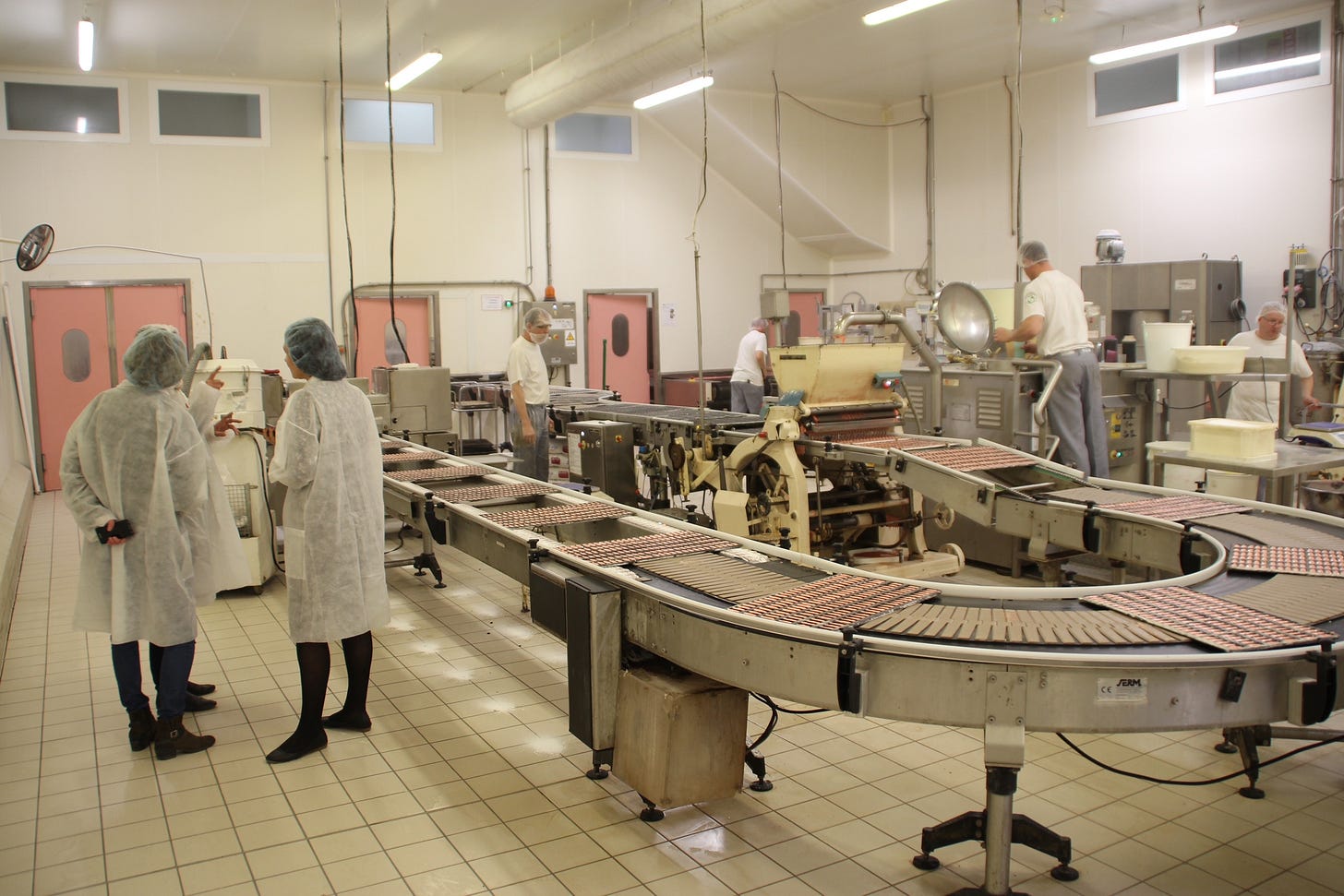Bonjour and happy Friday!
In a previous post, I took you on a virtual trip through the vineyards of the Champagne region. Today, I’d like to tell you about Marne, the department which is home to 66% of Champagne’s noble vineyards, but has much more to add to its list of wonders than the revered sparkling drink. With UNESCO sites such as Épernay’s prestigious Avenue de Champagne and the magnificent Notre-Dame Cathedral in Reims, Marne is also known for its rich cultural heritage and lush green landscapes. Discover how cachet meets campagne in a department that invites you to taste its terroir with passionate winemakers one day and go mountain biking between vineyards and forests the next.
Mention Marne and most may not immediately make the connection to the iconic drink, yet it is in this department where champagne’s story unfolds and continues to inspire. In Hautvillers, a historic village surrounded by vineyards, Dom Pérignon (1638/39-1715) dedicated his life to his faith and to perfecting champagne. During his 47 years at Abbaye Saint-Pierre, the Benedictine monk was cellar master and in charge of wine production.
Though he cannot be credited with inventing the sparkling wine, his remarkable innovations such as blending grapes from different soils to make the perfect cuvée, pressing black grapes quickly to keep their juices clear, and using heavier bottles and corks, were of crucial importance for the production and success of champagne.
Today, as you stroll through Hautvillers’ pleasant streets, it isn’t just the spectacular vistas of slopes hugged by vines or the famous abbey and church where Dom Pérignon was laid to rest that will capture your attention, but also the charming alleys and houses adorned with decorative wrought-iron signs used to symbolise vineyard work and other professions.
Spending a day here is easy, whether feasting your eyes, tickling your taste buds – or both. In the bright, spacious tasting room of G. Tribaut (one of the local producers) located on the edge of the village, you can educate your palate while indulging in panoramic views over a sea of vineyards.
Or, you can stop by Au 36, a cosy and friendly wine bar that serves up beautifully presented local appetisers with different styles of champagne.
Some 10 kilometers to the east, nestled among the vines, is Mutigny where more impressive viewpoints await. Perched at an altitude of 240m, it is the region’s highest viticultural village and a must-visit for champagne novices. During the 2.2-kilometres Sentier du Vigneron tour (including one to three tastings), you can learn about the wine region’s history, grape varieties, soil, seasons and all the work that goes into making champagne. You will leave with a new appreciation for the distinguished bubbly, which isn’t only saved for celebrations here!
Besides wine production, Marne is a mostly agricultural and green department with a wealth of natural and floral splendor. In fact, Marne was voted France’s number one ‘Département Fleuri’ with 179 villages awarded one to four flowers. Marne’s verdant paradise, Parc Naturel Régional de la Montagne de Reims, consists of 40% dense forests that provide plenty of space for walking, cycling and all other kinds of outdoor pursuits. The protected park spans 65 communities and 50,000 hectares. To the east, you’ll find the Faux de Verzy, home to the world’s only reserve of dwarf beech trees that grow in peculiar twisted shapes.
Also unique in Verzy’s forest is the Perching Bar, a chic ‘treehouse’ decked with hanging ice buckets and leather swings where you can sip champagne at an altitude of 5 ½ meters. In the neighboring village of Verzenay, the Musée de la Vigne invites you to discover the history and geology of the vineyards in a lighthouse (Le Phare de Verzenay) dating to 1919. If you’re in good shape, start the visit by climbing up the lighthouse’s 101 steps. You will be rewarded with a wonderful bird’s-eye view of the Montagne de Reims vineyards and, at the end of your visit, with a tasting of champagnes.
Come summer, the Lac du Der’s six beaches are a great place for soaking up some sun or partaking in water sports such as swimming, sailing, paddling, canoeing and fishing. Measuring approximately 4,800 hectares, it is Europe’s largest artificial lake and the natural habitat of more than 200 bird species and other wildlife.
Sparsely populated (and often overlooked), Marne is especially appealing to those who crave tranquil surroundings, space and fresh air. Its lively cities, however, attract plenty of tourism. Reims, only 45 minutes from Paris by high-speed train (TGV), is perfect for a weekend getaway.
Épernay, approximately 45 kilometers south, is champagne’s prosperous capital. Stroll through the monumental Avenue de Champagne and admire the sumptuous mansions that were built by wealthy wine merchants in the 19th century.
Even more remarkable perhaps is the distinguished avenue’s exceptional underground allure: a 110-kilometer network of cellars dug out in the 18th and 19th centuries and now home to more than 300 million bottles of champagne.
Châlons-en-Champagne, known as the ‘Sparkling Venice’ and the department’s capital, is intersected by the Marne, Nau and Mau rivers, making the city a joy to discover from the water. Its center boasts handsome squares and cafés where you can stop for a coffee before exploring attractions such as the Gothic Saint-Etienne Cathedral and the Notre-Dame-en-Vaux, which houses Europe’s largest carillon with 56 bells.
While champagne attracts wine connoisseurs, Marne’s cuisine is equally tempting and will please even the most discerning of palates. From October to December, black truffles grow between the roots of the region’s trees and are used to add aroma and flair to many local dishes.
Mustard and oak-aged vinegar from Reims imparts zesty flavor to sauces, vinaigrettes and marinades. The region’s delicate, blush-colored lentils, delicious in soups or hearty salads, are another must-try.
Sweet treats, including the cork-shaped chocolates known as bouchons de Champagne and Maison Fossier’s biscuits roses, are just as pretty as they are tasty. The production of the chocolates can be witnessed at Chocolatier Thibaut in the village of Pierry, and if you visit Maison Fossier’s factory in Reims, you can see how the pink biscuits (which according to tradition, should be dipped in champagne!) have been made since 1756. That’s me on the right, when I visited the factory in 2018!
Clearly, Marne’s charm goes beyond its famed drink. The department’s food, peaceful villages, historic cities and natural beauty make it one to keep in mind when planning a trip to France.




